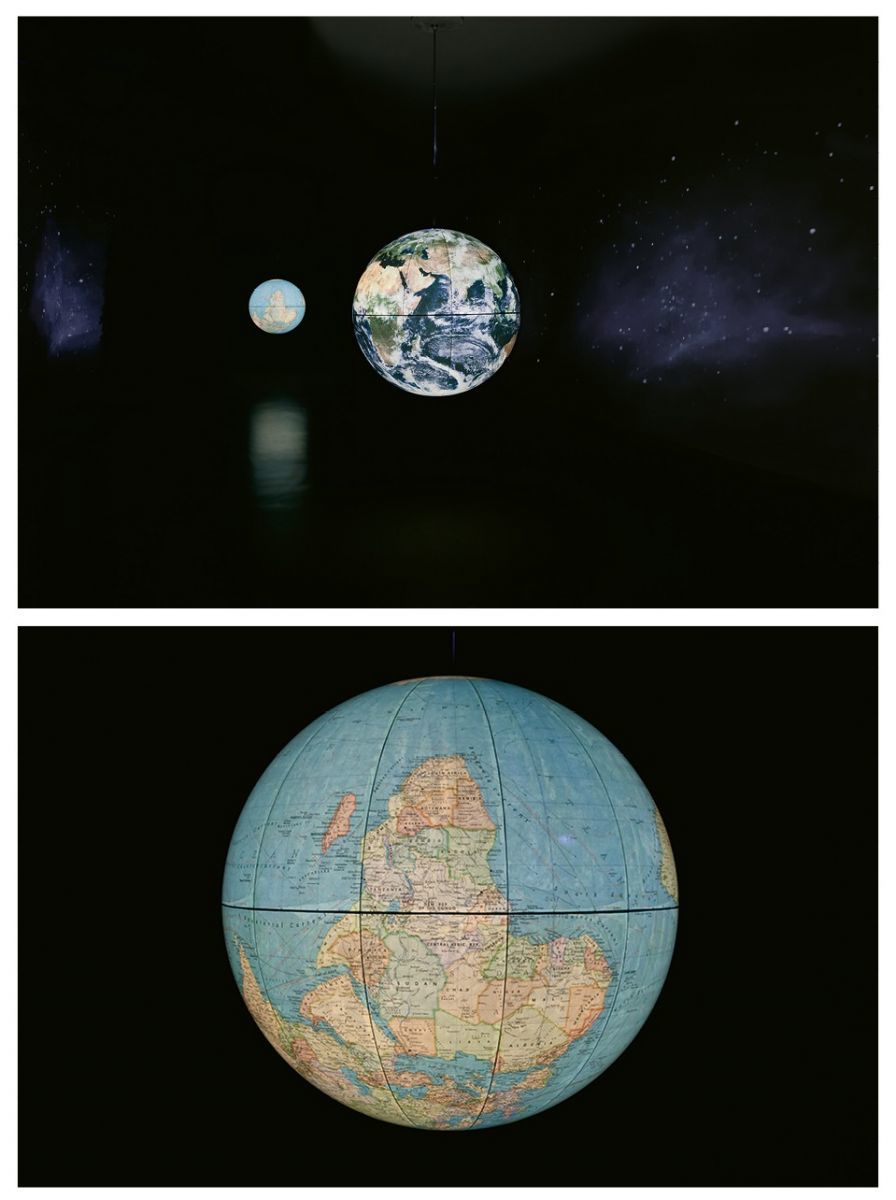- Closed Today
- Ticket
- Shop
- Membership
- TR EN

Hale Tenger, 1960
Strange Fruit, 2009
Hale Tenger was born in 1960 to an immigrant family in Izmir. After graduating from Mimar Sinan University’s Department of Ceramics, she went to the UK on scholarship and continued postgraduate studies at the South Glamorgan Institute of Higher Education. The artist currently lives and works in Istanbul.
In her works, Hale Tenger deals with the ravages and difficulties caused on a global scale by civilization, progress and modernization. She explores issues such as migration, frontiers and discrimination as related to the concepts of identity, culture and belonging. Her videos and her installations, in which she uses unusual materials, draw on references from political history and human psychology. She thus calls into question the individual’s existential conditions in the face of power and the paradoxical situations in which humanity finds itself despite all the pompous discourses on civilization and modernization. Foremost among these situations are indirect or direct violence and hegemony. Hale Tenger avoids the role of representative, documentarist or simple spokesperson of her own geography. Her works are extremely subtle and sensitive and open to universal readings.
Maps, and especially the globe, can be encountered in many of her works, in which the artist often integrates elements such as voice recordings, songs, text and poetry. Two globes also play the leading part in “Strange Fruit” (2009). A geographic globe and an upside down political globe –the latter revealed when the curtain opens– silently rotate in the midst of stars sparkling against a dark background. Despite the political globe’s unusual upside-down position, all the labels on the map are right side up; in other words, all names are accessible as sources of information. Because of their upside-down position on the map, we have difficulty identifying places we know even though they are labeled. This deviation from the conventional format thus renders meaningless the global order imposed by frontiers and by socioeconomic and cultural conditions. This political world turned upside down is accompanied by music that sometimes seems familiar and sometimes strange. This is a new version of Heitor Villa-Lobos’s aria Bachianas Brasileiras, specially arranged for the work and mostly played backwards. It adds a romantic and melancholy yet tranquil tone to the atmosphere, altogether intensifying the contradiction and strangeness of the situation and leaving the decision to the viewer, just as is the case for those viewing all that is happening in the world.
Hale Tenger also has a concrete starting point: she reminds us that in reality racism and violence are wounds that do not belong solely to the past but affect the whole of humanity just as much today. A famous song immortalized by Billie Holiday, “Strange Fruit” became the symbol of the struggle against racism in the United States. The title of the song is from a poem written by the dissident American teacher Abel Meeropol after he saw the photograph of two black men lynched by white people and left hanging from a tree:
Southern trees bear strange fruit
Blood on the leaves and blood at the root
Black bodies swinging in the southern breeze
Strange fruit hanging from the poplar trees
Photograph: Sinan Koçaslan
Installation
Two plyethylene globes, each 100 cm in diameter, paper coated by hand and lacquered; automated feather boa curtain, feather boa separation, each 70 cm in depth, video and audio
Istanbul Museum of Modern Art Collection